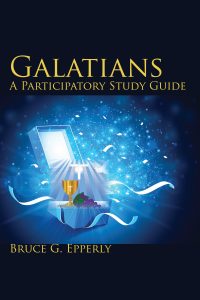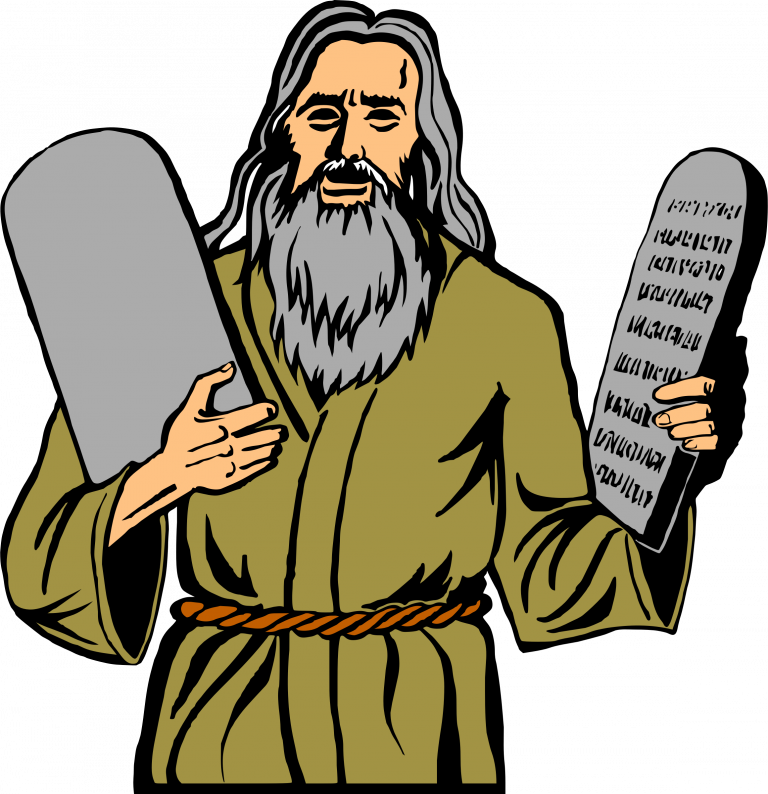1 Chronicles 10-12 in the Cornerstone Biblical Commentary
I’m continuing with brief notes on the Cornerstone Biblical Commentary volume on 1 & 2 Chronicles by Mark J. Boda. I previously provided an overview and some notes on the coverage of 1 Chornicles 1-9.
I have only a few comments on these three chapters, but I’m covering them in a separate post because I want to write a bit more about chapter 13 dealing with the ark and particularly with Uzzah.
One of the key elements of Boda’s writing on Chronicles is that he is clearly not trying to force the text into some preconceived view of what it must be. He lets the chronicler speak. One of the ways in which he does this is by identifying the cases where the chronicler is using sources, such as Samuel-Kings, that are available to us. Differences between these sources and Chronicles provide insights into the themes of Chronicles.
In chapters 10-12 the issues involved are usually minor, but they are very important to understanding where we’re going with the story. David is emphasized and Saul is minimized. Boda doesn’t try to explain differences (or “errors” or “contradictions”). Rather, he simply lays out the options that are available for understanding the text and why it is as it is.
A good illustration of this is the commentary on 12:23-40, in which he states the problem succinctly on page 121: “The numbers given in this section for the armed warriors who joined David at Hebron are inordinately large.” Indeed they are. So what do we do about it?
First, Boda provides four traditions in interpreting the passage:
- They are precise figures representing historical reality
- The word for “thousand” was actually the title of a military unit
- The word for “thousand” should be repointed to represent the commander of such a unit
- The chronicler is using the numbers hyperbolically
Mixed in with these options, but not excluding any of them, is the possibility of errors in textual transmission. I personally would add the possibility of confusion in the sources, i.e. that the material used by the chronicler may have already confused some of the numbers.
Boda then proceeds to evaluate these views, and finds that perhaps the fourth view fits best with what we see elsewhere in Chronicles. I do note that he does not list as an option that the chronicler intended the numbers as real numbers, but that they were inaccurate in his source, something he hardly had the opportunity to check. In my view there is no reason to expect the Holy Spirit to correct sources when that correction does not impact the message.
In the end, Boda recommends the possibility that at various points in Chronicles different ones of these options may come into play, and that in chapter 12, the best option is likely that they speak of military units rather than actual numbers.
What I find particularly helpful is that Boda explains the numbers without detracting from his main effort of explaining what these numbers are intended to accomplish in producing this history as a whole.
I’ve already read and made my own notes on chapter 13, and I’ll try to get those posted in the next couple of days.



